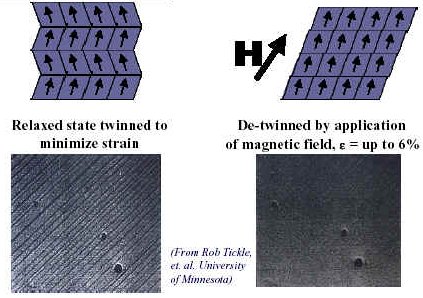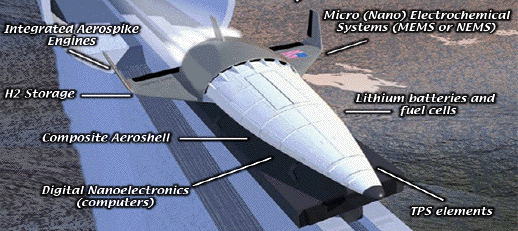One of the differences between man-made aircrafts and birds is the morphology of their respective wings. A Boeing-747 has stiff metal wings that barely change shape. Using the knowledge of wing surface area, other aircrafts were built with varying wing spans to accommodate ideal flying speeds and weights. However, birds can create their own ideal speeds by folding up their wings to fly faster or unfolding them to fly slower. The peregrine falcon is able to fly up to 325 km/h just by decreasing their wings’ surface area. Recently, many scientists and engineers have been inspired to create aircrafts with morphing wings which imitates the wings of birds.
An aircraft imitating the flight of an eagle:
These types of aircrafts are ideal because they can make flight much more efficient. Morphing wings can reduce drag, reduce power, conserve fuel, control flutter, and reduce turbulence. Engineers at Penn State are developing these wings with a “cellular truss structure” which represents a wing skeleton. Memory alloys, metals that retain the same shape, can provide the flexibility to morph wings.

NASA is trying to approaching these aircrafts by using nanotechnology. Carbon nanotubes or carbon fibers can not only bend when a current runs through it, but also can reduce the weight of an aircraft. Another idea is that a computer could use nanosensors along the wing to measure air pressures and morph the wings to increase flight efficiency.

Pretty soon, one aircraft will not only be more flight efficient but also be used for many other purposes. If it shortens its wings it could fly like a fighter jet, if it extends its wings it could fly like a commercial plane. A morphing wing passenger jet could decrease travel time using folded wings and land without a long runway using fully expanded wings. Man-made aircrafts will reach a level of flight paralleling that of nature.
References:
Airplane Wings That Change Shape Like A Bird’s Have Scales Like A Fish. Science Daily. Apr. 22, 2004.
From Research to Reality: Morphing Aircraft Wings. Composites Manufacturing. October 12, 2011.
Nanotechnology in Defense. UnderstandingNano.com.
Shape-memory alloy. Wikipedia.
2 Comments
Lorena Barba posted on October 15, 2011 at 8:22 pm
Hi Kevin,
Isn’t it amazing how much hard work it is for engineering to try to come even close to nature? I guess swifts had some millions of years to evolve to be such perfect fliers with their morphing wings.
Great post!
Alex Fredman posted on October 18, 2011 at 3:05 pm
This is very interesting, as the F-14 has a rudimentary morphing wing, but the concept was never improved upon. Now, it seems that new advances in material science are making this idea capable of further refinement.